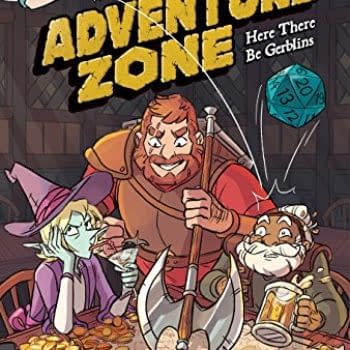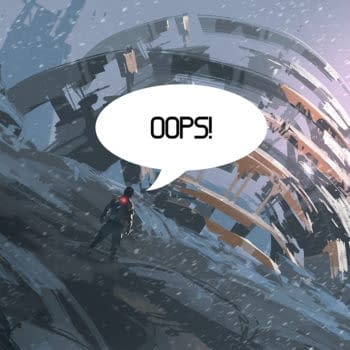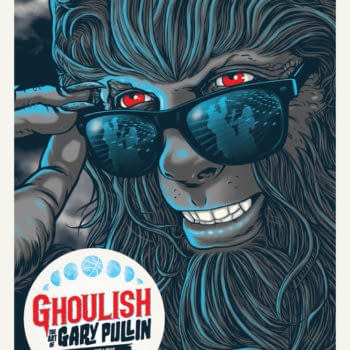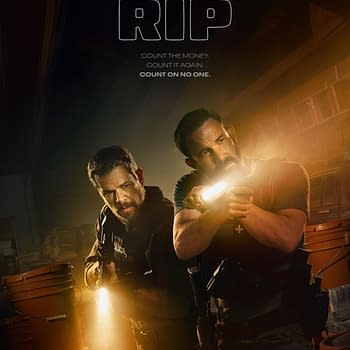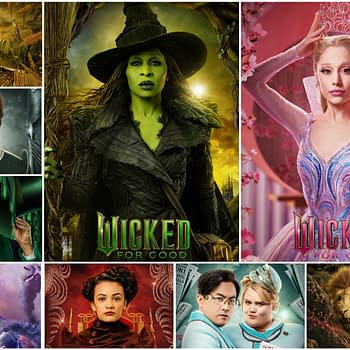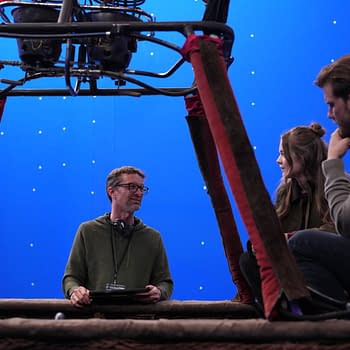Posted in: Movies | Tagged: film, horror, HRL, Review, werewolves, Wildling
Wildling (2018) Review: A Troubling and Tone-Deaf Movie
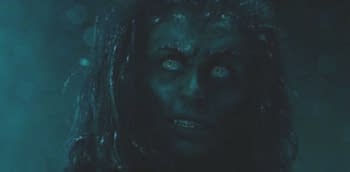
Throughout history, shape-shifting carnivores have been part of myths; usually representing people who have turned away from society and its cultural or religious rules, and therefore have become monstrous and wild. Over time, this has changed, with them taking on more of an aspect of protector of nature, or part of it, such as in the Werewolf: The Apocalypse RPG, or even the Twilight Saga. Wildling seemed a basic coming-of-age-as-a-werewolf movie.
Like Thale, the character of Anna is raised apart from her kind by a white man, and this impacts her childhood greatly. However, the movie thankfully doesn't go where I thought it would, what with Anna calling her captor "Daddy", and a girl being kept locked up in a house.
But my brain wouldn't let go of several troubling aspects. Firstly: the werewolf's skin darkens as she becomes more "animal". She starts off blue-eyed and pale-skinned, but by the end of the movie has distinctly black skin. Sometimes this is augmented by mud, but at the end of the film, the creature's pigmentation is black, her hair is long, frizzy, unkept; and her child's hair and skin are likewise frizzy and dark.
At the age of 16, she is portrayed as hyper-sexual and fecund — becoming instantly pregnant and almost equally quickly full-term. She is also portrayed as violent, unable to deal with modern society without killing. This reminded me greatly of black stereotypes seen in film since Birth of a Nation (1915), which portrayed African Americans as violent, lustful, uncivilized, and uncontrollable, and had them portrayed by white actors in blackface. I don't know if these similarities are intentional; but I believe that they are worth reflecting on. Who we portray as monsters and how we portray them in popular culture is definitely something to take into consideration.



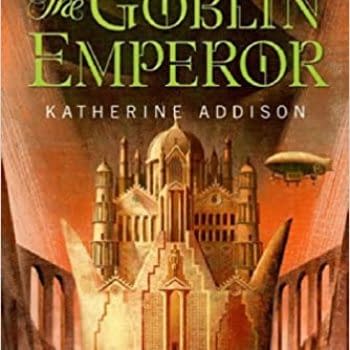
![[REVIEW] Fallout 76 Glitch Makes My Clothes Fall Off](https://mlpnk72yciwc.i.optimole.com/cqhiHLc.IIZS~2ef73/w:350/h:350/q:75/rt:fill/g:ce/https://bleedingcool.com/wp-content/uploads/2018/11/2018-11-22-350x350.jpg)

